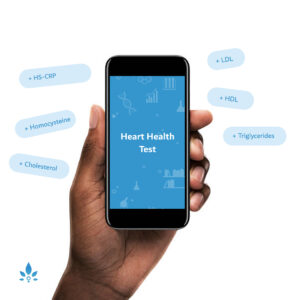Does Your Child Have Scoliosis? Recognize the Signs


A straight, aligned spine means a child can breathe better and experiences less back pain and discomfort. However, some children experience scoliosis, a word that derives from the Greek word for “crooked.” A scoliosis diagnosis means a child has some degree of spinal curvature, but the condition ranges in both type and severity. An estimated 3 out of 100 people experience some form of scoliosis, according to the Nemours Foundation.
Pediatricians most commonly classify scoliosis by its cause. These include:
Congenital: This type is present at birth and commonly diagnosed at a young age.
Idiopathic: This occurs when the exact cause of scoliosis is unknown. Idiopathic scoliosis represents 80 percent of all diagnosed scoliosis cases, according to the American Association of Neurological Surgeons (AANS).
Neuromuscular: Children with neurological or neuromuscular diseases are more likely to have this scoliosis form. Examples of contributing conditions include: cerebral palsy, spinal cord trauma, muscular dystrophy, spinal muscular atrophy, and spina bifida.
Because scoliosis is a progressive condition, the condition’s symptoms may not be easily visible. However, some initial symptoms associated with scoliosis include:
- A body that seems to lean to one side.
- Hips that are raised on one side.
- Uneven shoulders or one or both shoulder blades are especially prominent.
An estimated 23 percent of patients with idiopathic scoliosis see a pediatrician due to back pain, according to the AANS. Scoliosis can be hereditary — 30 percent of adolescent idiopathic scoliosis occurs in children who have a family history of scoliosis, according to the American Academy of Orthopaedic Surgeons (AAOS). Girls are more likely to experience the condition than boys, and the condition is typically diagnosed in children after their major growth spurts between the ages of 10 and 15, according to the AAOS.
Schools and physicians often perform a simple initial screening test for scoliosis called the “forward-bending test.” A child is asked to bend forward from a standing position to touch his or her feet. If the ribs or spine appear uneven or curved, respectively, the child could be experiencing scoliosis.
Spinal curvatures can range from mild to severe. A pediatrician may recommend undergoing an imaging scan, such as an X-ray, computed tomography (CT), or magnetic resonance imaging (MRI) scan to view the spine. He or she can then assign a degree of curvature. Spinal curvatures greater than 25-30 degrees are considered significant, while those ranging from 45-50 degrees are termed severe.
Numerous treatments exist for scoliosis, ranging from physical therapy to bracing to surgical intervention. A physician can discuss treatment options for your child.
Sources:
- American Academy of Orthopaedic Surgeons
- Introduction to Scoliosis.
American Association of Neurological Surgeons - Scoliosis.
KidsHealth - Scoliosis.
National Institute of Arthritis and Musculoskeletal and Skin Diseases - Questions and Answers About Scoliosis in Children and Adolescents.
Powered by Bundoo®











































